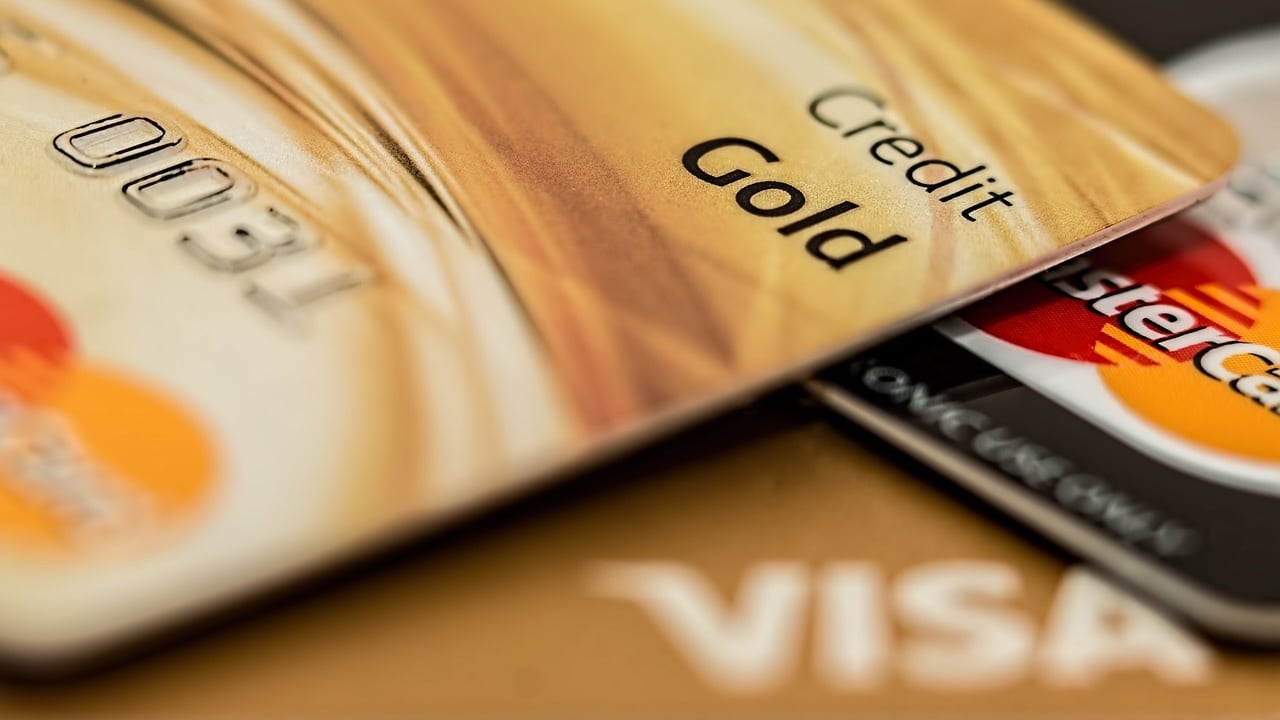(Mike Maharrey, Money Metals News Service) How close are Americans to hitting their credit card limits? That’s hard to say, but based on the latest consumer credit data from the Federal Reserve, they may be getting closer.
Over the last several months, American consumers have been yo-yo-ing between slowing credit card spending and going on spending sprees. In July, revolving credit, primarily made up of credit card debt, spiked. But in August, credit card balances contracted significantly.
It appears things are getting shaky for Americans buried in debt, and that is bad news for an economy that relies on people buying stuff on credit to keep running.
Overall, consumer debt climbed by 2.1 percent as Americans added another $8.9 billion to their debt balances. This was lower than the $11.8 billion forecast. Americans now owe $5.1 trillion in consumer debt.
The Federal Reserve consumer debt figures include credit card debt, student loans, and auto loans but do not factor in mortgage debt. When you include mortgages, U.S. households are buried under a record level of debt. As of the end of the second quarter, total household debt stood at $17.8 trillion.
Pundits and politicians have talked up the “robust economy” and the “resilient” American consumer for months, but this economic growth was courtesy of Visa and Mastercard. It was not exactly a sustainable economic trajectory.
Now, it looks like the American consumer might have maxed out the credit card, or they’re at least feeling the strain of sky-high interest rates.
Revolving debt contracted by -1.2 percent in August. It was the biggest decline in revolving credit since March 2021, the onset of government pandemic shutdowns.
The drop in credit card spending was reflected by the tepid 0.1 percent increase in retail sales.
Even with credit card use tanking, American consumers are still buried under a record $1.36 trillion in revolving debt.
The double whammy of rising debt and interest rates exacerbates the debt problem. Average credit card interest rates eclipsed the previous record high of 17.87 percent months ago. The average annual percentage rate (APR) currently stands at 20.65 percent, with some companies charging rates as high as 28 percent.
Americans are feeling the strain of the big debt load and high interest rates, with 9.1 percent of credit card balances entering delinquency in the last year. That’s the highest rate in over a decade.
This underscores the fundamental problem of running an economy on credit. It’s expensive, and credit cards have an inconvenient thing called a limit.
And it appears American consumers may be bumping up against that limit.
Non-revolving debt, primarily reflecting outstanding auto loans, student loans, and loans for other big-ticket durable goods, increased by 3.3 percent after a big 5.2 percent jump in July. Non-revolving debt had been increasing at a tepid pace, under 2 percent earlier this year. The recent acceleration in non-revolving debt likely reflects student loan balances as school gets underway.
Before the pandemic, revolving credit growth averaged 5 percent.
Joe Biden, Jerome Powell, and the talking heads can brag all they want about the “strong economy,” but Americans have been borrowing to buy it. They may have reached their limit, and that’s bad news for an economy that lives on debt.
Mike Maharrey is a journalist and market analyst for MoneyMetals.com with over a decade of experience in precious metals. He holds a BS in accounting from the University of Kentucky and a BA in journalism from the University of South Florida.

